Puranas and Acculturation
In stock
Besides its gigantic size and encyclopaedic and eclectic nature of its content the Puranic corpus stands apart from the earlier Brahmanical literature in many significant ways; not the least of them being the fact that whereas the Vedas and the Dharmasastras had been meant for self-study and were for the exclusive religious edification of the members of the upper stratum, the Puranas were required to be recited in popular gatherings and were generally projected as the scriptures of the masses. Their popular base and mass appeal can be judged from the fact that Puranic lore like that of the epics has over the centuries become deeply ingrained in popular psyche. But what is really intriguing is the extraordinary nature of exigency which compelled the Brahmanical leaders to give up their former elitist and almost inflexible stance and not only take notice of the substratum of society but also seek to win them over through a genre of literature specially composed for them. Perhaps what is even more surprising is that though so much has been written about the Puranas in the past century and a half yet no serious attempt has been made to provide as completely convincing and wholly viable rationale for their composition and subsequent proliferation. The present work aims at removing this lacuna and establishing the purposive nature of the Puranic texts. It also seeks to underline the dialectical nature of relationship that existed between the processes of their composition and the forces of acculturation that became activated and more visible during Gupta/post-Gupta times due to the mounting demands and pressures of an emergent socio-economic order based on agricultural expansion.

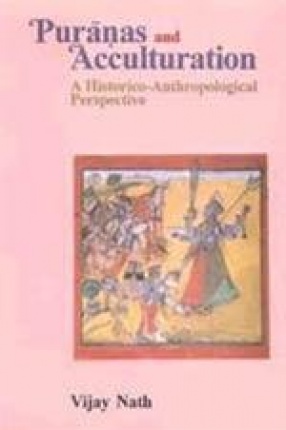
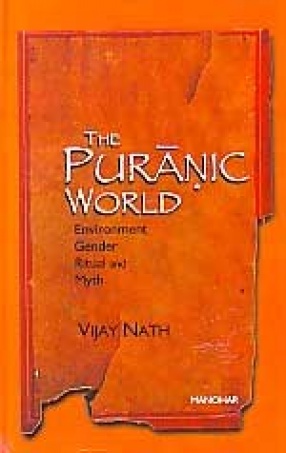
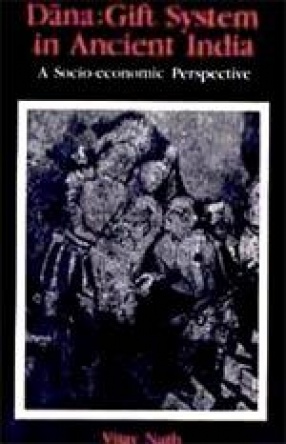
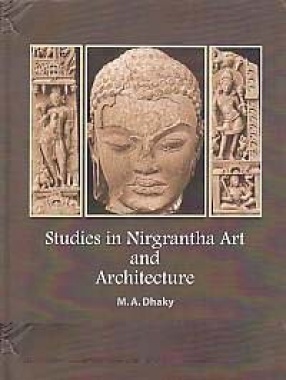
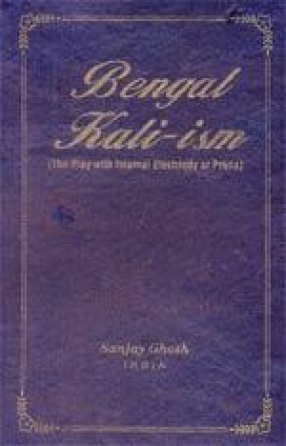
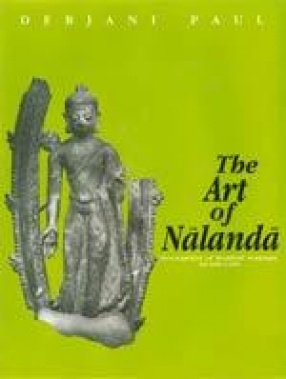
There are no reviews yet.